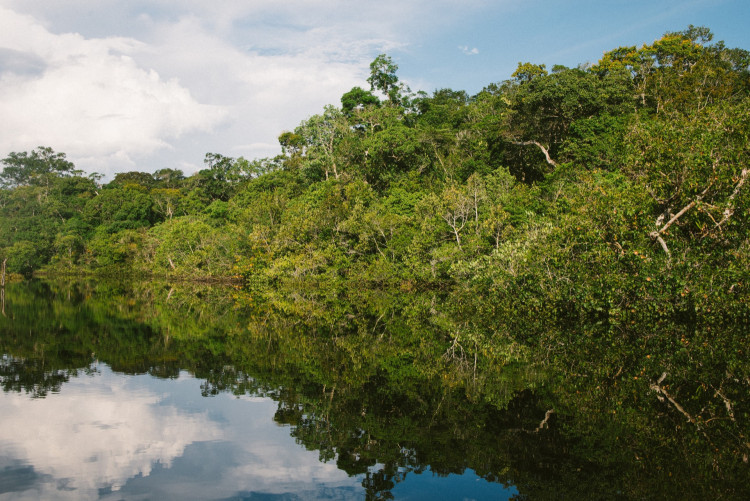In a groundbreaking revelation, archaeologists have uncovered an extensive network of ancient cities in the Amazon rainforest, shedding new light on the sophisticated urban planning and agricultural practices of pre-Hispanic societies. These findings, emerging from over two decades of research in the Upano Valley of Amazonian Ecuador, challenge long-standing perceptions of the Amazon as a pristine wilderness, revealing a rich tapestry of dense settlements and advanced civilizations.
The research team, composed of experts from France, Germany, Ecuador, and Puerto Rico, utilized light detection and ranging (LiDAR) technology to penetrate the dense forest canopy, uncovering a complex network of cities, roads, plazas, and monumental platforms dating back 2,500 years. This discovery, detailed in the journal Science, marks the earliest and largest urban network found in the Amazon to date.
Lead study author Stéphen Rostain, an archaeologist and director of Research at France's National Center for Scientific Research (CNRS), described the discovery as "incredible," emphasizing the revolutionary implications it holds for our understanding of Amazonian history. "It's a complete revolution in our paradigm about the Amazon," Rostain stated, painting a picture of a bustling pre-Columbian Amazonia akin to "a nest of ants," bustling with activity.
Archeologists map lost cities in Ecuadorian Amazon, settlements that lasted 1,000 years @sciencemagazine https://t.co/9wJooOXpJG https://t.co/qc0lVQXgCa — Phys.org (@physorg_com) January 11, 2024
The LiDAR data revealed over 6,000 platforms within a 600-square-kilometer area, indicating a highly structured and organized urban environment. These platforms, mostly rectangular and organized around a square plaza, suggest a complex societal structure with both residential and ceremonial buildings. The largest roads, up to 33 feet wide and stretching for miles, connected these clusters of settlements, which also included agricultural fields with drainage canals and extensive land cultivation.
This discovery parallels similar findings across the Americas, including in Panama, Guatemala, Belize, Brazil, and Mexico. Landscape archaeologist Carlos Morales-Aguilar, not involved in the study, hailed it as "groundbreaking," noting its significant contributions to our understanding of the cultural and environmental legacy of Indigenous societies in this region.
The Upano people, who inhabited these settlements between around 500 B.C. and 300 to 600 A.D., displayed remarkable engineering skills, building extensive networks of roads and earthen mounds without the use of stone. This feat, as noted by University of Exeter archaeologist José Iriarte, required an elaborate system of organized labor, rivaling the accomplishments of contemporaneous civilizations like the Roman Empire.
The Amazon has long been perceived as an untamed wilderness, sparsely populated by small groups of people. However, these recent discoveries paint a different picture, revealing a landscape marked by intricate rainforest societies with a diversity of settlements and lifestyles. As Rostain puts it, "We're just learning more about them."
The implications of these findings are far-reaching, offering new insights into the complexities of early societies in the Amazon and challenging preconceived notions about the region's historical and cultural development. This discovery not only enriches our understanding of the past but also underscores the importance of preserving the Amazon rainforest, a repository of human history and cultural heritage as much as it is a bastion of biodiversity.






